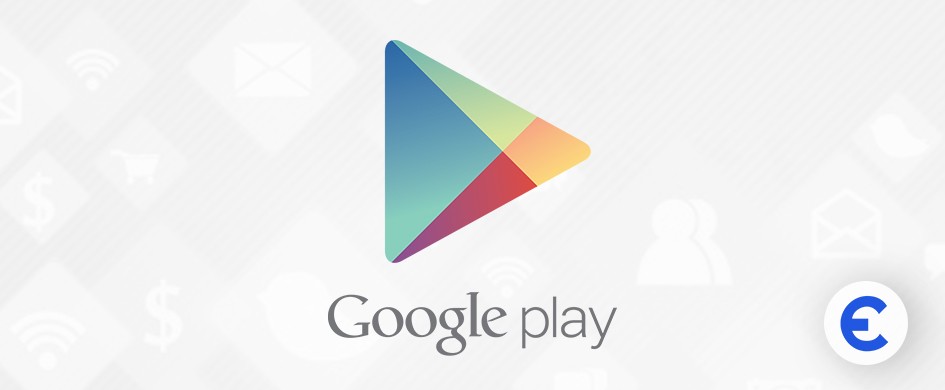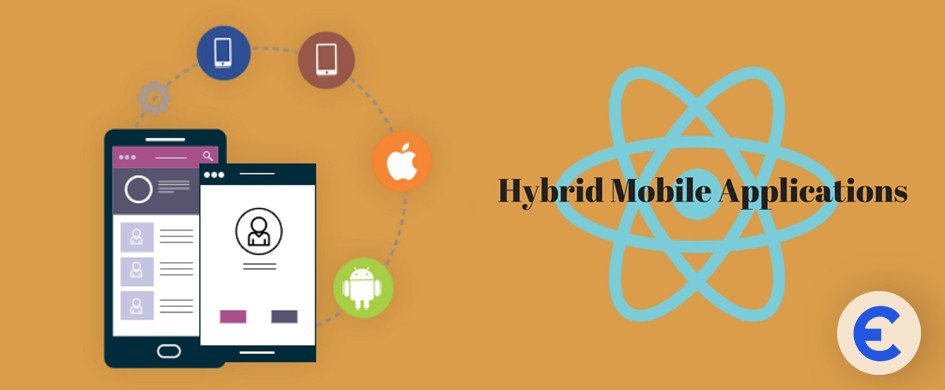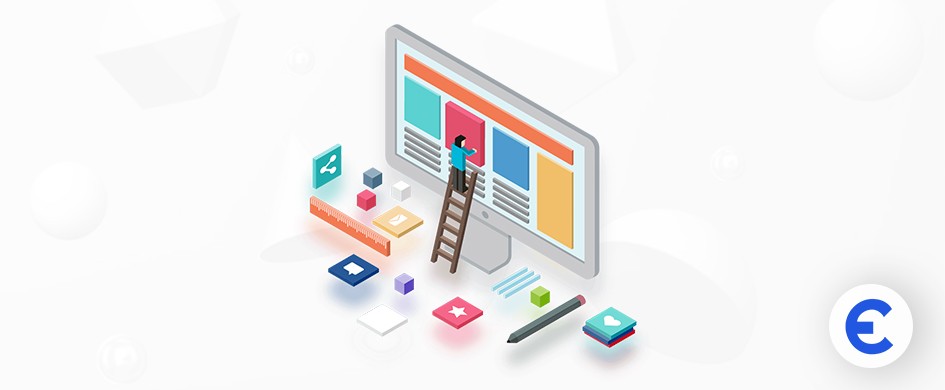Mobile applications are essential for businesses aiming to connect with a wider audience and enhance user experience. With more companies striving to deliver accessible and versatile apps across multiple operating systems, the demand for cross-platform app development is at an all-time high. Gone are the days when developers had to create separate applications for iOS and Android. Now, with advancements in technology, cross-platform frameworks enable developers to write code once and deploy it across multiple platforms, saving both time and resources.
Cross-platform app development has become a go-to solution, especially for businesses seeking cost-effective, scalable, and user-friendly applications. It allows companies to reach a broader audience by delivering apps that function seamlessly across various platforms. But with so many options available, it’s crucial to understand the different cross-platform frameworks and their specific strengths. This blog post dives into the top frameworks in 2024, explaining their unique features, the programming languages they use, and how they empower developers to create outstanding apps.
What is Cross-Platform App Development and its frameworks?
Cross-platform app development is the process of creating applications that function seamlessly across multiple operating systems, typically Android and iOS, using a single codebase. This approach reduces the need to develop separate versions of the app for each platform, saving both time and resources while ensuring consistent user experiences.
Cross-platform frameworks like React Native, Flutter, Xamarin, and Ionic enable developers to write code that can be deployed across different platforms with minimal modification. Each framework has unique tools and capabilities to support diverse application needs. For example, Flutter uses Dart to offer high-performance visuals, while React Native uses JavaScript, supported by an extensive developer community. Xamarin, backed by Microsoft, integrates with Visual Studio, making it ideal for enterprises that need native performance and security.
These frameworks simplify development, reduce costs, and allow updates to be rolled out simultaneously across platforms, making them crucial for businesses looking to reach a broader audience efficiently. Cross-platform development is especially valuable for companies aiming to maintain app consistency and improve time-to-market.
Some popular Cross-Platform mobile app development frameworks
If you're considering building an app, you may be thinking about creating one that works on multiple platforms, like iOS, Android, or even desktop and web. With cross-platform frameworks, developers can write a single codebase that runs on different platforms, saving time and resources. In 2024, several frameworks are leading the way in making app development more efficient and accessible. Let’s dive into these popular frameworks, their programming languages, key features, and examples of real-world apps built with them.
1. Flutter
Programming Language: Dart
Flutter, created by Google, is a powerful framework known for producing high-quality, smooth, and fast apps. This tool makes development easy because it uses a single codebase for multiple platforms.
Key Features:
- Custom UI Components: Flutter includes a massive library of pre-made widgets, letting you easily create beautiful UIs.
- Hot Reload: Changes appear instantly, helping developers test and fix apps faster.
- Native Performance: Flutter has its own graphics engine, making it fast and highly responsive.
- Consistent Design: Works well with both Material (Android) and Cupertino (iOS) styles for a seamless look across devices.
App Examples: Google Ads, Alibaba, Philips Hue
Flutter’s high speed and flexibility make it popular for both startups and major companies alike.
2. React Native
Programming Language: JavaScript
React Native, developed by Facebook, is one of the most widely used frameworks. It is known for its ease of use and its ability to work with native app components.
Key Features:
- Component-Based: Developers use components to build apps, making code easy to read and maintain.
- Cross-Platform Compatibility: Run the same code on iOS and Android, making the development process faster.
- Native Modules: Allows direct access to native functions, like the phone’s camera, for complex features.
- Strong Community Support: A large community with many resources and plugins to help with development.
App Examples: Instagram, Bloomberg, Discord
React Native’s flexibility and wide adoption make it an ideal choice for many app developers.
3. Xamarin
Programming Language: C#
Xamarin, part of Microsoft’s ecosystem, is a well-known choice for companies already using .NET and Visual Studio. It’s particularly popular among businesses focused on secure, robust applications.
Key Features:
- Native APIs: Gives access to native device features, ensuring that apps feel and work like native apps.
- Single Codebase for All Platforms: Develop apps for iOS, Android, and Windows using a single codebase.
- Seamless Integration with Microsoft Tools: Perfect for businesses that rely on Microsoft products, such as Azure.
- Strong Backend Support: Works smoothly with Microsoft’s Azure for backend services.
App Examples: Olo, Just Giving, Alaska Airlines
Xamarin’s tight integration with Microsoft tools makes it an attractive choice for enterprise solutions.
4. Ionic
Programming Language: JavaScript (Angular, React, or Vue)
Ionic is known for its web-based approach to mobile app development. It works with popular JavaScript frameworks, making it a versatile choice for developers already familiar with web technologies.
Key Features:
- Responsive Design: Ideal for building apps that adapt well to different devices.
- Built on Web Technologies: Uses HTML, CSS, and JavaScript, making it easy for web developers to learn.
- Cross-Framework Support: Works with Angular, React, and Vue, giving developers more flexibility.
- Wide Plugin Ecosystem: Offers many plugins for adding native functionality, like geolocation or notifications.
App Examples: MarketWatch, Pacifica, Amtrak
Ionic is perfect for hybrid apps and progressive web apps (PWAs), allowing users to install them directly from the web.
5. Unity (for Cross-Platform Games)
Programming Language: C#
Unity is widely used for developing games but can also be used for non-game apps. With strong graphics capabilities, it’s ideal for apps requiring 2D or 3D visuals.
Key Features:
- High-Quality Graphics: Excellent for 2D, 3D, and even VR games and applications.
- Multiplatform Support: Works on mobile, PC, console, and VR, making it extremely versatile.
- Asset Store: Offers pre-built assets and tools that help speed up development.
- Advanced Physics Engine: Useful for creating realistic animations and simulations.
App Examples: Angry Birds 2, Monument Valley, Pokémon Go
For developers focused on game or visual-heavy apps, Unity is a top choice.
6. NativeScript
Programming Language: JavaScript, TypeScript
NativeScript is a framework for building truly native-feeling apps using web technologies. It works well with Angular, Vue, and even plain JavaScript.
Key Features:
- Native UI and Performance: Offers direct access to native APIs, creating a smooth experience.
- Web Technology Support: Ideal for developers who are already comfortable with JavaScript frameworks.
- Large Plugin Library: Numerous plugins help add features quickly and easily.
- Reusable Code: Create reusable code that works on iOS and Android.
App Examples: SAP Mobile Cards, Portable North Pole
NativeScript is an excellent choice for developers who want to use web technology for native-feeling apps.
7. MAUI (.NET Multi-platform App UI)
Programming Language: C#
MAUI is the evolution of Xamarin.Forms, designed for developers who are already working with Microsoft’s .NET environment. It’s well-suited for building cross-platform apps, especially for enterprises.
Key Features:
- Single Project Structure: Manage the entire project in one place, simplifying development.
- Cross-Platform for All Major Systems: Create apps for Windows, iOS, Android, and macOS.
- Microsoft Support: Full support for Microsoft’s development tools, making it ideal for companies using Azure.
- Hot Reload: Test changes instantly, speeding up development.
App Examples: Prototype apps by Microsoft, enterprise-level applications
MAUI is especially popular in business environments due to its ease of use with Microsoft products.
Choosing the Right Framework
Choosing the best framework depends on your app’s requirements, your team’s skill set, and your target audience. Here’s a quick summary to help guide you:
- For high-quality UI and performance: Go with Flutter.
- For large community support and flexibility: React Native is a solid choice.
- For enterprise solutions and Microsoft integration: Xamarin or MAUI are best.
- For web technology lovers: Ionic and NativeScript are great options.
- For game development: Unity’s graphics capabilities are unmatched.
Each framework has strengths, and these top choices in 2024 make app development faster, simpler, and more efficient across multiple platforms.
Native vs. Cross-Platform Mobile App Development
Native app development focuses on building apps specifically for one platform (e.g., iOS or Android), offering maximum performance and full access to device-specific features. In contrast, cross-platform development creates a single app that works across multiple platforms, which saves time and reduces cost but might sacrifice some native performance.
Benefits of Cross-Platform Mobile Development
- Cost-Efficiency: Shared codebase reduces development and maintenance costs.
- Time-Saving: Faster time-to-market with simultaneous deployment on multiple platforms.
- Wider Reach: Apps can run on both iOS and Android, increasing accessibility.
- Consistent User Experience: Uniform design elements across platforms.
Drawbacks
- Performance Constraints: May not match the high performance of native apps, particularly for heavy graphics.
- Limited Access to Platform-Specific Features: Some features or updates may not be available immediately in cross-platform frameworks.
- User Experience Variability: Sometimes, there are minor differences in functionality and interface between platforms.
Final Words
In 2024, cross-platform app development frameworks continue to evolve, empowering developers to build versatile and engaging apps. By understanding each framework's strengths, businesses can choose the one that aligns best with their goals, timeline, and budget. Embracing cross-platform development can drive accessibility, boost user engagement, and maximize return on investment, helping businesses reach broader audiences more efficiently.



